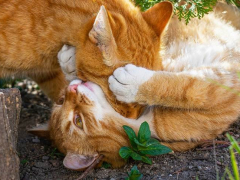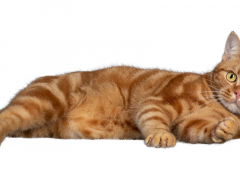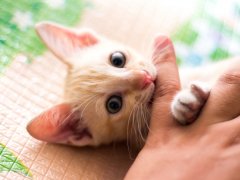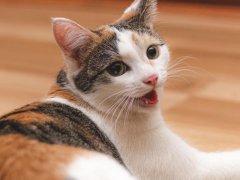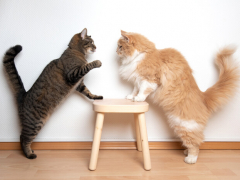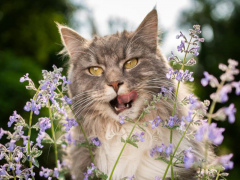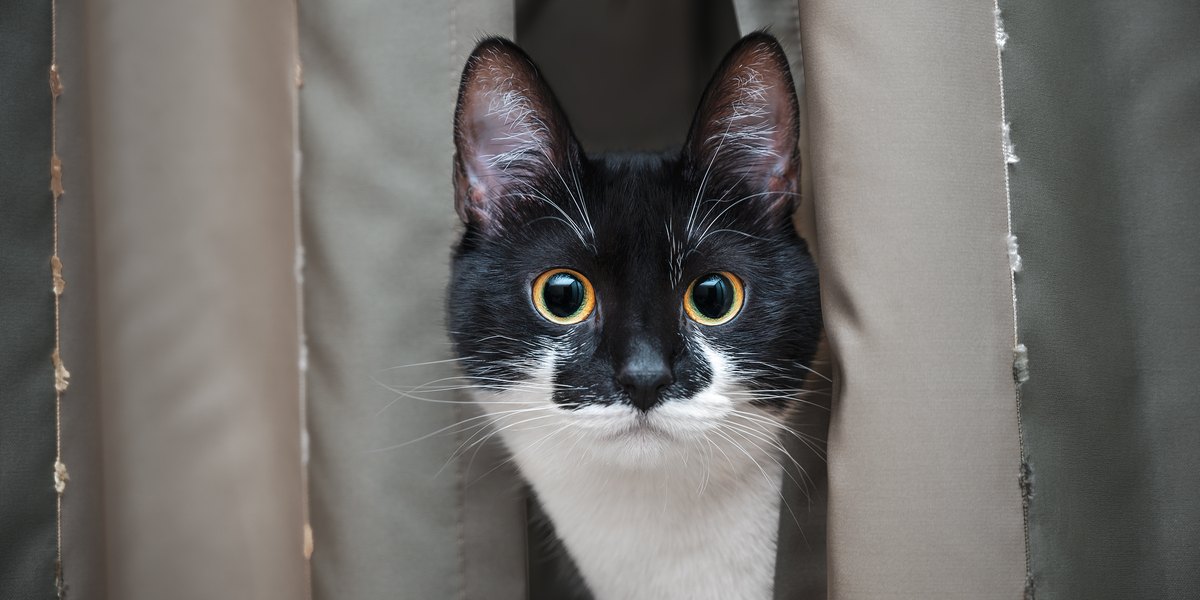
Have you ever walked into a room to find your cat staring at you, or witnessed them watching you as you eat? Your cat is not challenging you to a staring contest but why is your cat staring at you?
There are a variety of reasons why a cat may be staring at you including trying to communicate with you, out of curiosity, expressing emotion, or waiting for a cue. The majority of the time, a cat’s stare is part of the processing of stimuli around them, as they constantly smell and sees and reacts accordingly.
1. Curiosity
Cats are naturally curious and since they are prey and predator animals, they always like to know what it is going on around. It could just be that they are observing you, maybe you just begun to move after sitting and they shift their focus to you due to the motion in the home.
2. Waiting for a Cue or Asking For Something
A cue is a signal that triggers a behavior. Cats are always learning, and we are teaching them even if we do not realize it. For example, when you take out the can opener when your first wake up, your cat comes running in anticipation of food. The cat has formed a positive association over time with the can opener and delicious breakfast, the can opener becomes a cue to come and stare at you.
Another common example is your cat may have stared at you in the past and when they stare at you, you have taken that as them asking to play, be pet, or be fed. They have learned that eye contact (staring) with you results in something they like and will continue to do it to get the same result (play, petting, food).
The more you reward this behavior over time, the more likely the cat will stare at you for what they want.
3. Communicate With You and Express Emotions

Cats will sometimes stare at you in order to communicate their feelings.
Most cat caregivers would love if their cats could talk to them and they do, but mostly using nonverbal communication. Staring is one of the many forms of nonverbal communication they use along with facial expressions, body posture, ears, whisker position, and more!
The important thing to remember is to look at the entire body of the cat – not just the eyes – and take note of the current context/situation in which the body language occurs. They use their body to show you when they’re feeling calm and relaxed, and when they’re feeling stressed out and anxious.
4. Relaxed and Calm
A cat who is relaxed will have loose body movements and their breathing will be slow and steady. They may fold their feet in front of themselves or stretched way out in front.
A relaxed cat’s ears and whiskers will be at their neutral positions, or maybe slightly forward. The pupils will be thin slits and eyes would be almond shaped. They may have a half open or soft squinty, eye lightly closed or slow blinking along with a soft, relaxed body.
A slow blink indicates that your cat is feeling safe, happy, and is commonly used to express affection to humans and other cats.
5. Fearful or Stressed
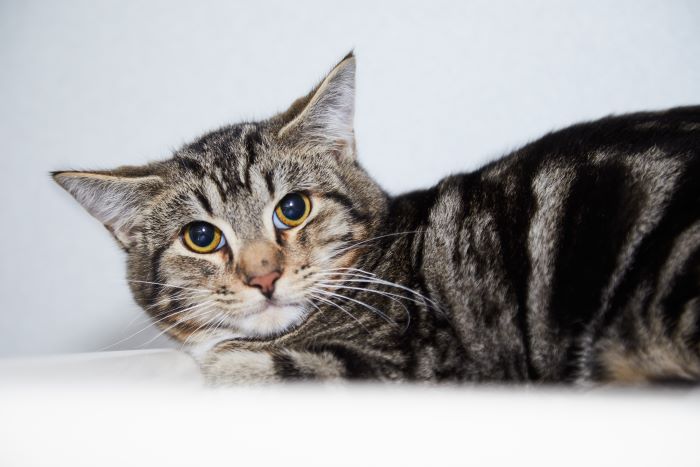
In contrast to a relaxed cat, a cat who is staring fearfully will have a rigid appearance, with very wide eyes and generally tense body language.
A cat who is fearful and/or stressed will most likely freeze in place or run and hide. Their body will be tense and limbs and tail with be close to the body unlike with relaxed body language when limbs and tail are away from the body.
They may hold their legs underneath them in a crouched position. Their ears may be to the side or tucked back along with their tail. Their pupils will be dilated appearing big and round. They may be staring with direct eye contact usually in the direction of what is scaring them.
When your cat is exhibiting this body language, they are stressed and possibly scared and may exhibit aggressive behavior because of this. It is best to not pick up or touch your cat when they are exhibiting this body language and instead move what they are afraid of away from them (including humans) and toss some delicious treats to them or use the treats to lure them to a more comfortable place.
The best way to interpret your cat’s staring is to consider what nearby stimuli (including things humans might not be able to hear or see) could be a source of your cat’s attention, as well as to assess your cat’s body language for other clues to discover what they are trying to communicate.
Also Read: What Your Cat’s Tail Can Tell You?

